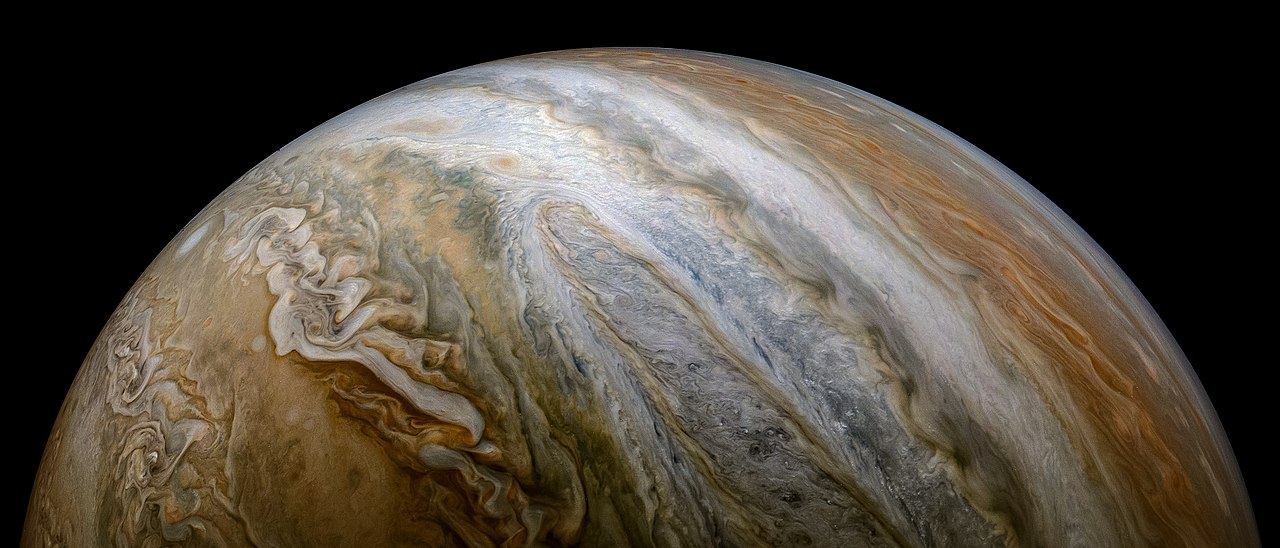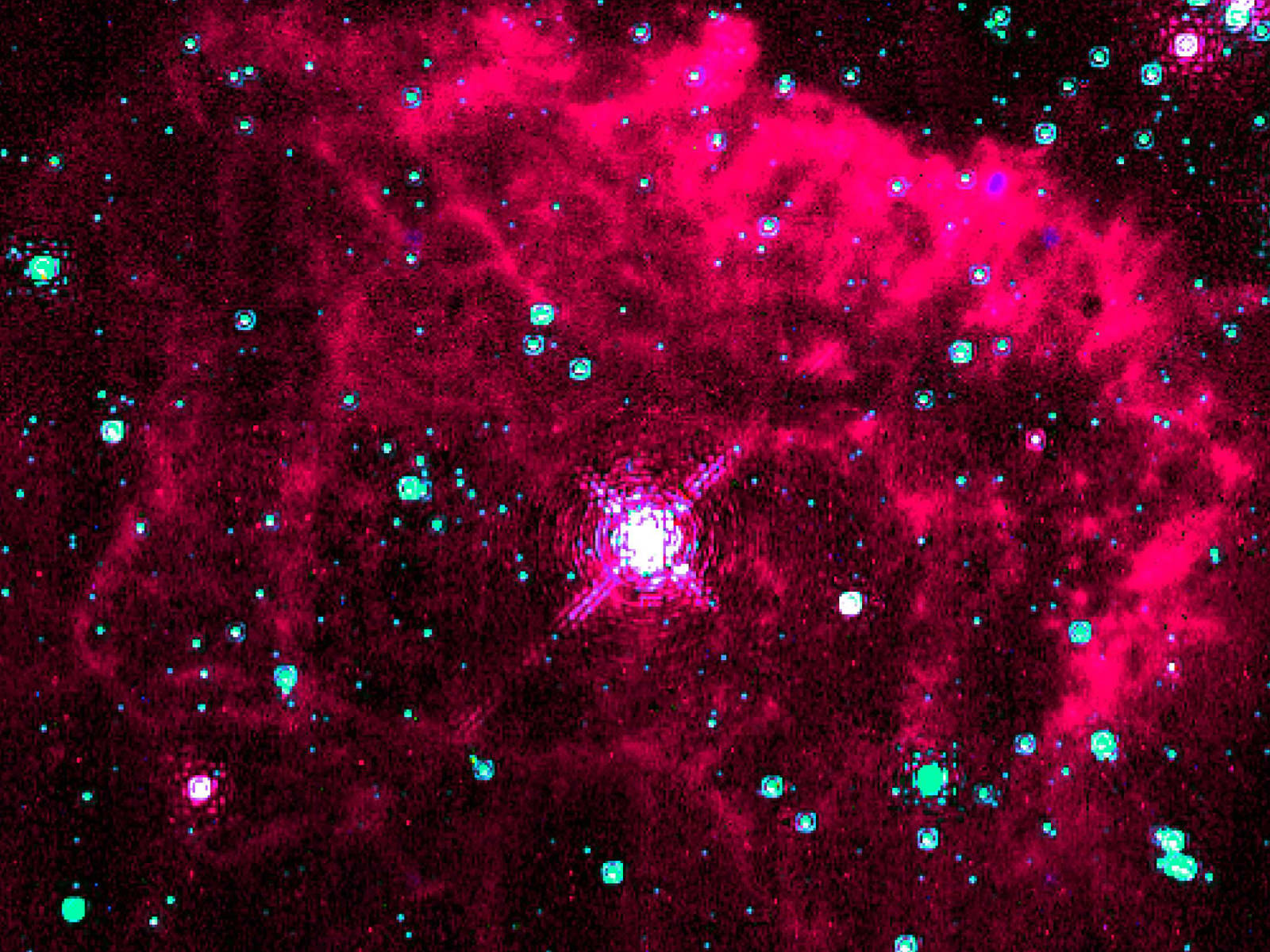Ah, dark matter, you continue to allude us. The stuff is incredibly difficult to study. It doesn’t interact with light, so our evidence of it is based upon its gravitational effects on light and visible matter. And the biggest difficulty is that we still don’t know what it is. Efforts to detect dark matter directly have come up empty, as have indirect methods such as looking for evidence of dark matter through things such as excess gamma-rays in the Milky Way. But astronomers continue to think up new ways to detect the stuff, such as a recent study published in Physical Review Letters.
Continue reading “Dark Matter Could Change the Temperature of Exoplanets, Allowing us to Detect it”New All-Sky Map of the Milky Way’s Galactic Halo
The outer reaches of the Milky Way galaxy are a different place. Stars are much harder to come by, with most of this “galactic halo” being made up of empty space. But scientists theorize that there is an abundance of one particular thing in this desolate area – dark matter. Now, a team from Harvard and the University of Arizona (UA) spent some time studying and modeling one of the galaxy’s nearest neighbors to try to tease out more information about that dark matter, and as a result came up with an all new way to look at the halo itself.
Continue reading “New All-Sky Map of the Milky Way’s Galactic Halo”One Idea to Explain Dark Matter – Ultralight Bosons – Fails the Test
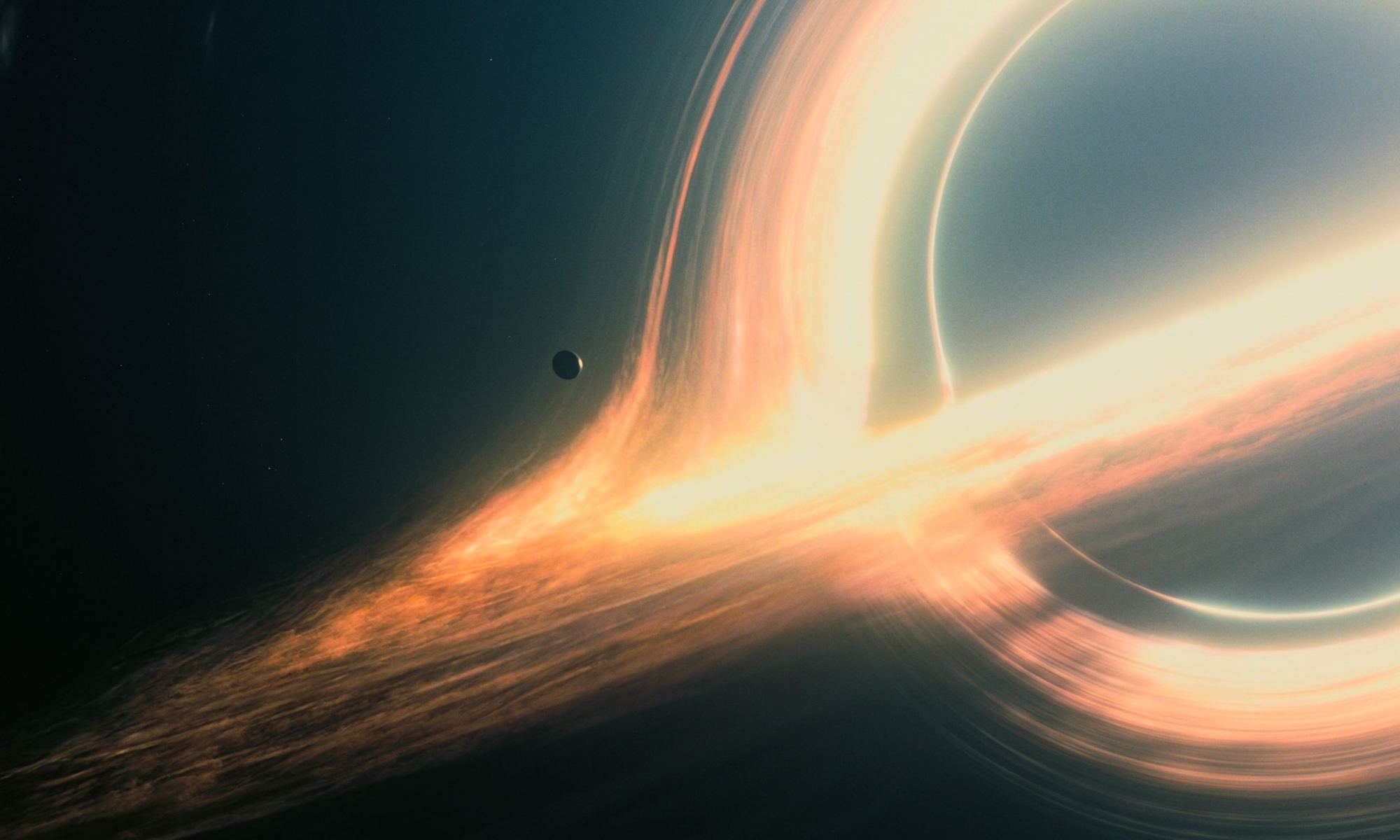
Dark matter continues to resist our best efforts to pin it down. While dark matter remains a dominant theory of cosmology, and there is lots of evidence to support a universe filled with cold dark matter, every search for dark matter particles yields nothing. A new study continues that tradition, ruling out a range of dark matter candidates.
Continue reading “One Idea to Explain Dark Matter – Ultralight Bosons – Fails the Test”Jupiter Could Make an Ideal Dark Matter Detector
So, you want to find dark matter, but you don’t know where to look? A giant planet might be exactly the kind of particle detector you need! Luckily, our solar system just happens to have a couple of them available, and the biggest and closest is Jupiter. Researchers Rebecca Leane (Stanford) and Tim Linden (Stockholm) released a paper this week describing how the gas giant just might hold the key to finding the elusive dark matter.
Continue reading “Jupiter Could Make an Ideal Dark Matter Detector”Is Dark Matter Responsible for Extra Gamma Rays Coming From the Center of the Milky Way?
For years astronomers have puzzled over a strange excess of gamma rays coming from the galactic center. Annihilating dark matter has always been a tantalizing explanation, and new research claims that it’s the best answer.
Continue reading “Is Dark Matter Responsible for Extra Gamma Rays Coming From the Center of the Milky Way?”What's the Connection Between Stellar-Mass Black Holes and Dark Matter?
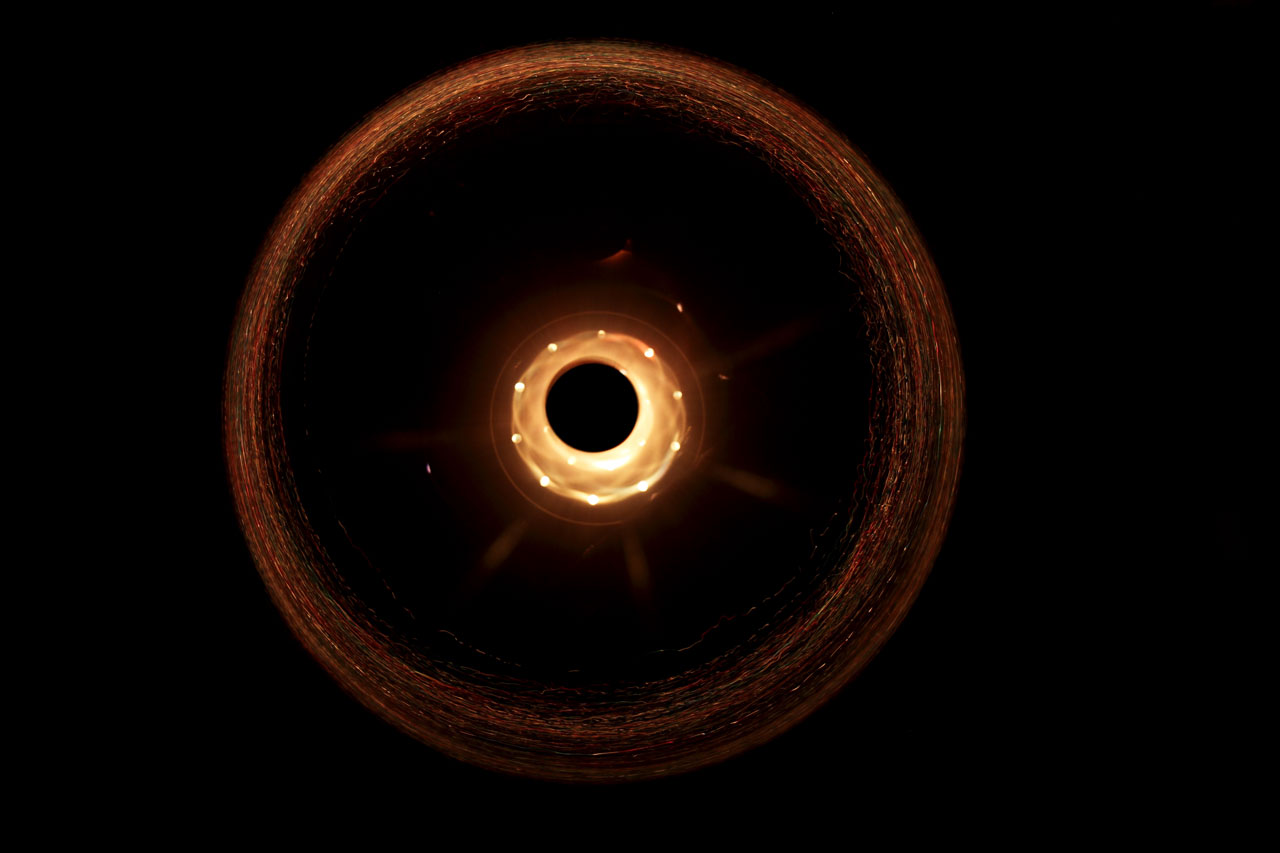
Imagine you are a neutron star. You’re happily floating in space, too old to fuse nuclei in your core anymore, but the quantum pressure of your neutrons and quarks easily keeps you from collapsing under your own weight. You look forward to a long stellar retirement of gradually cooling down. Then one day you are struck by a tiny black hole. This black hole only has the mass of an asteroid, but it causes you to become unstable. Gravity crushes you as the black hole consumes you from the inside out. Before you know it, you’ve become a black hole.
Continue reading “What's the Connection Between Stellar-Mass Black Holes and Dark Matter?”If Dark Matter is Made of Sterile Neutrinos, a new Survey has Narrowed Down What to Look for
We don’t know what dark matter is. We do know what it isn’t, and that’s a problem. Matter is made of elementary particles, from the quarks and electrons that make up atoms and molecules, to primordial neutrinos spread throughout the cosmos. But none of the known elementary particles can comprise dark matter, so what is it?
Continue reading “If Dark Matter is Made of Sterile Neutrinos, a new Survey has Narrowed Down What to Look for”Narrowing Down the Mass of Dark Matter
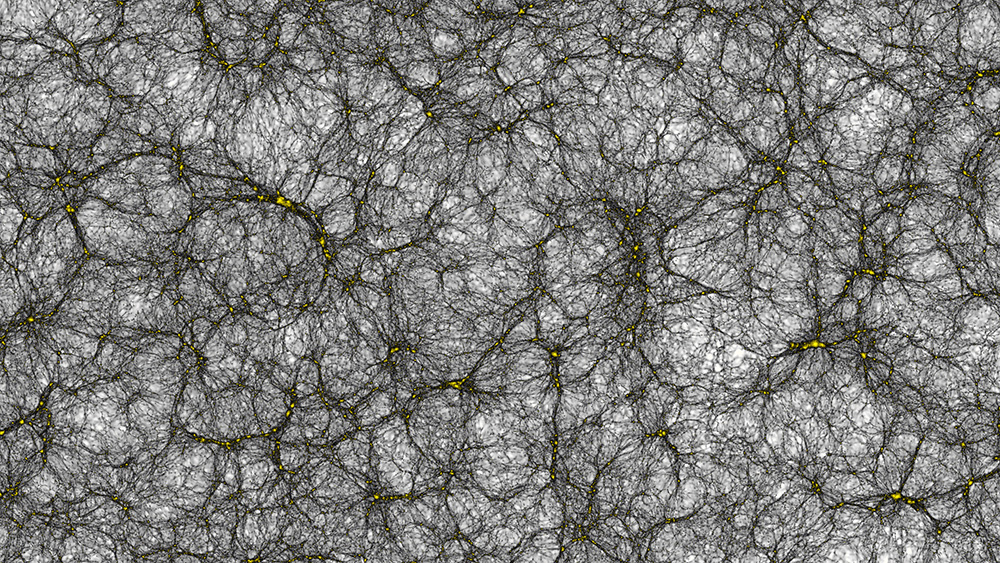
Most of the matter of the universe is of a form unknown to physics. While we don’t know what the identity of the dark matter is, a new insight provided by quantum gravity is helping to drastically narrow down its mass.
Continue reading “Narrowing Down the Mass of Dark Matter”By Measuring Light From Individual Stars Between Galaxy Clusters, Astronomers Find Clues About Dark Matter
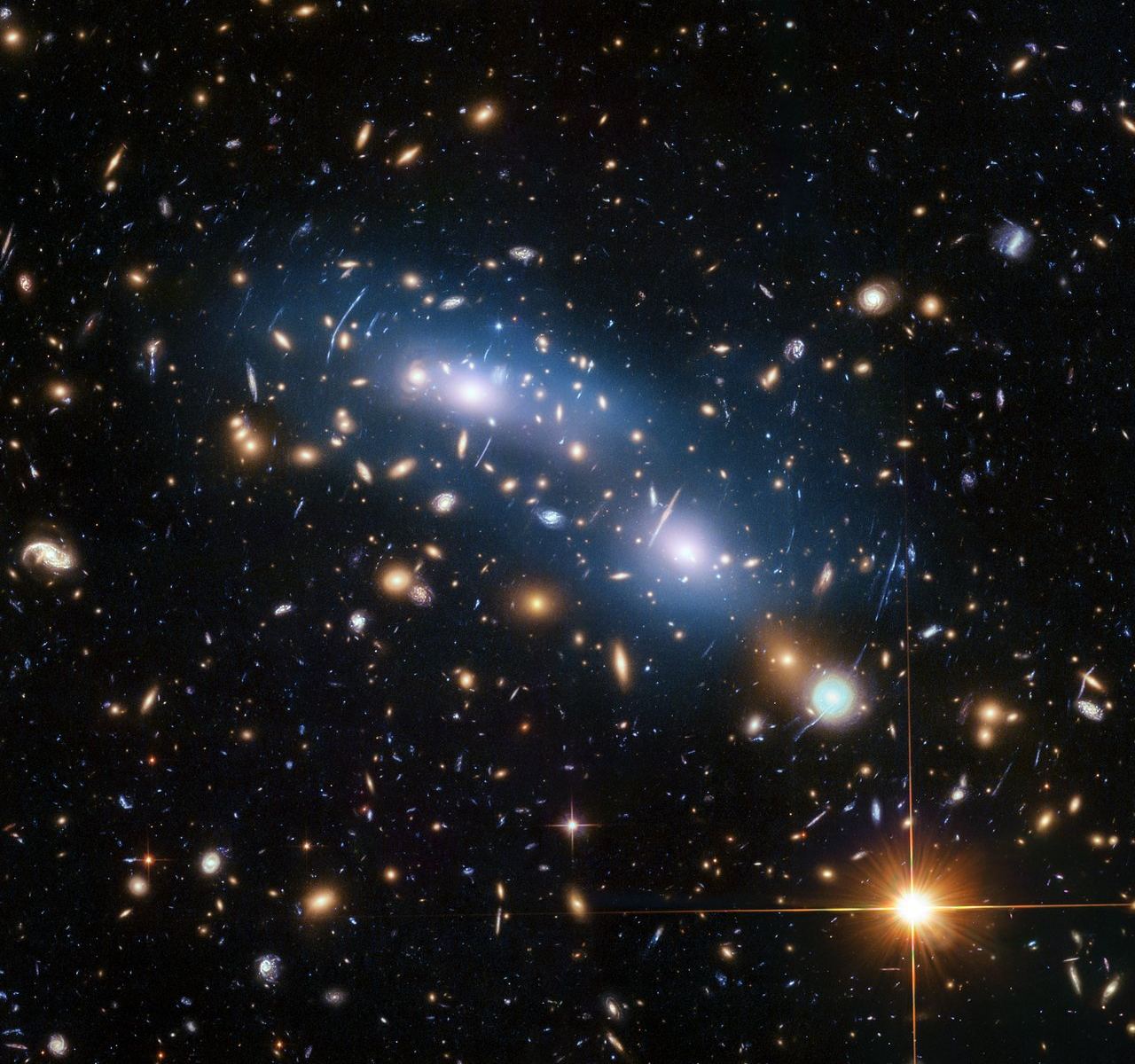
Astronomers have been able to measure an extremely faint glow of light within galaxy clusters, and that measurement came with a surprise: it traced the amount of invisible dark matter, something that scientists have been trying to pin down for decades.
Continue reading “By Measuring Light From Individual Stars Between Galaxy Clusters, Astronomers Find Clues About Dark Matter”Astronomers Hoped to see Evidence of Dark Matter Particles Inside Betelgeuse. No Luck

Axions are a hypothetical particle that might explain the existence of dark matter. But it might occasionally interact with normal matter, especially in the cores of stars. A team of physicists have searched for evidence of axions in Betelgeuse and come up with nothing. It doesn’t mean that the axion doesn’t exist, but it does mean that it will be harder to find.
Continue reading “Astronomers Hoped to see Evidence of Dark Matter Particles Inside Betelgeuse. No Luck”


